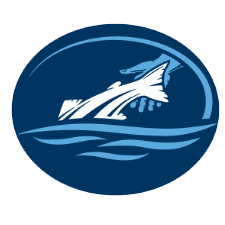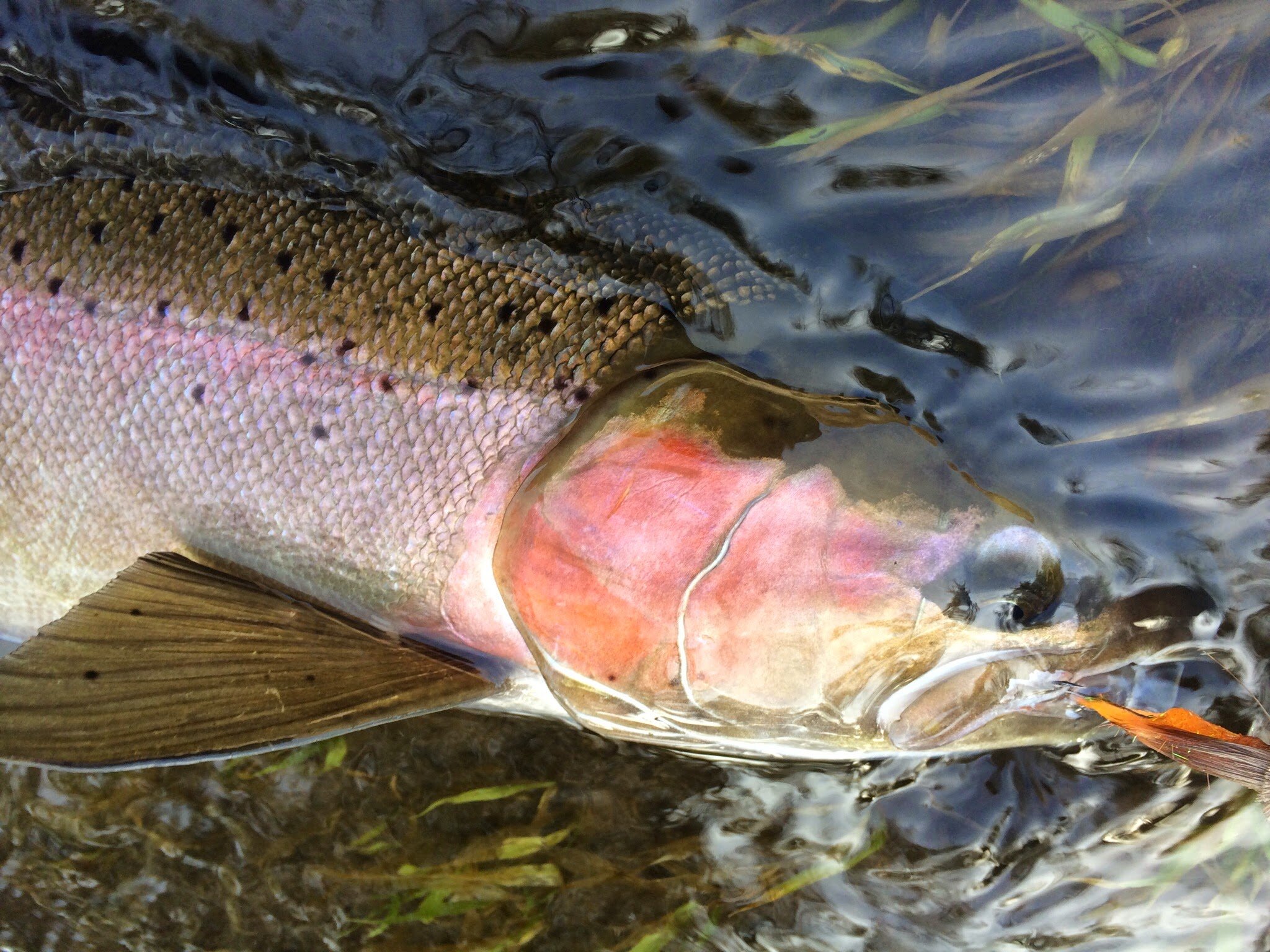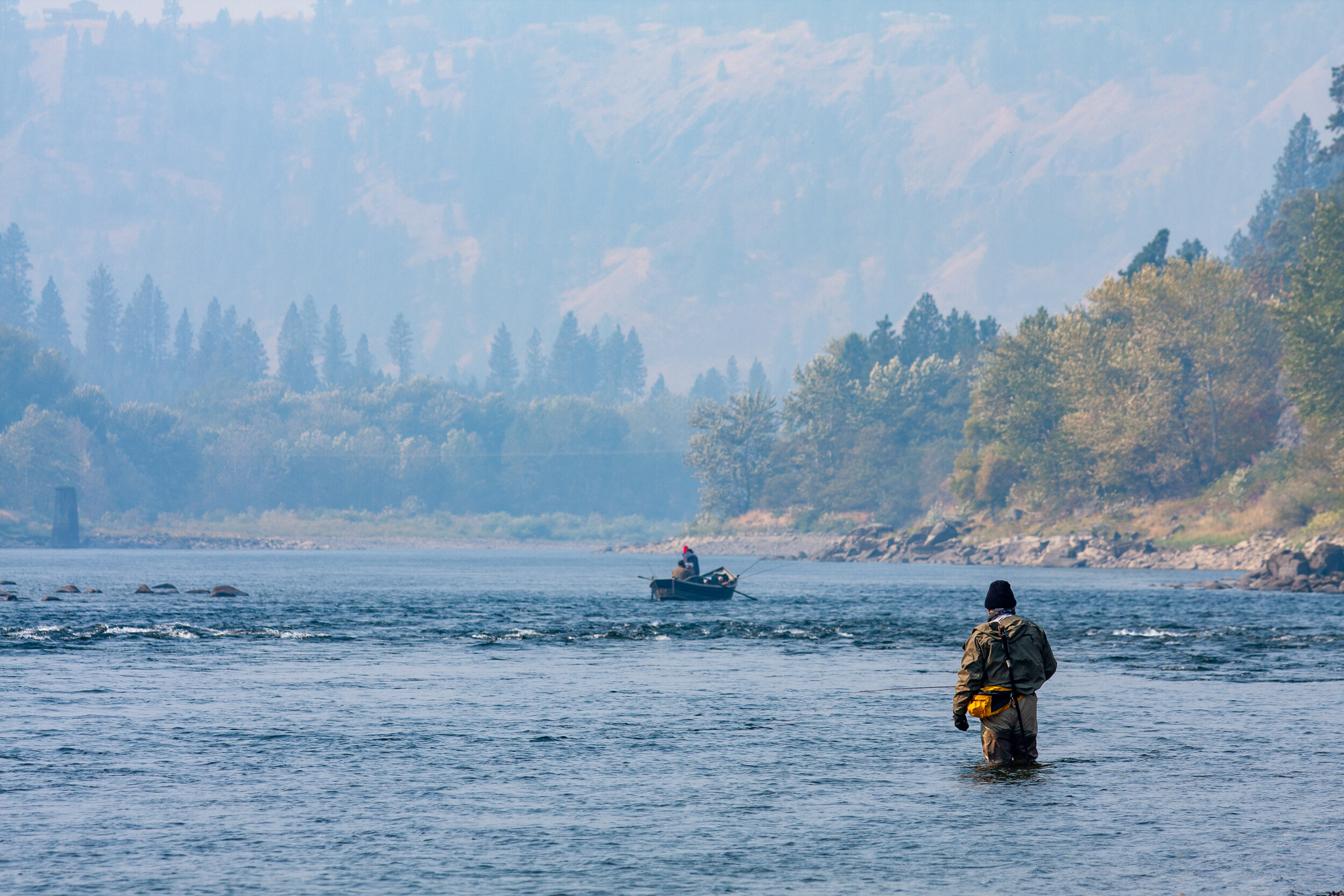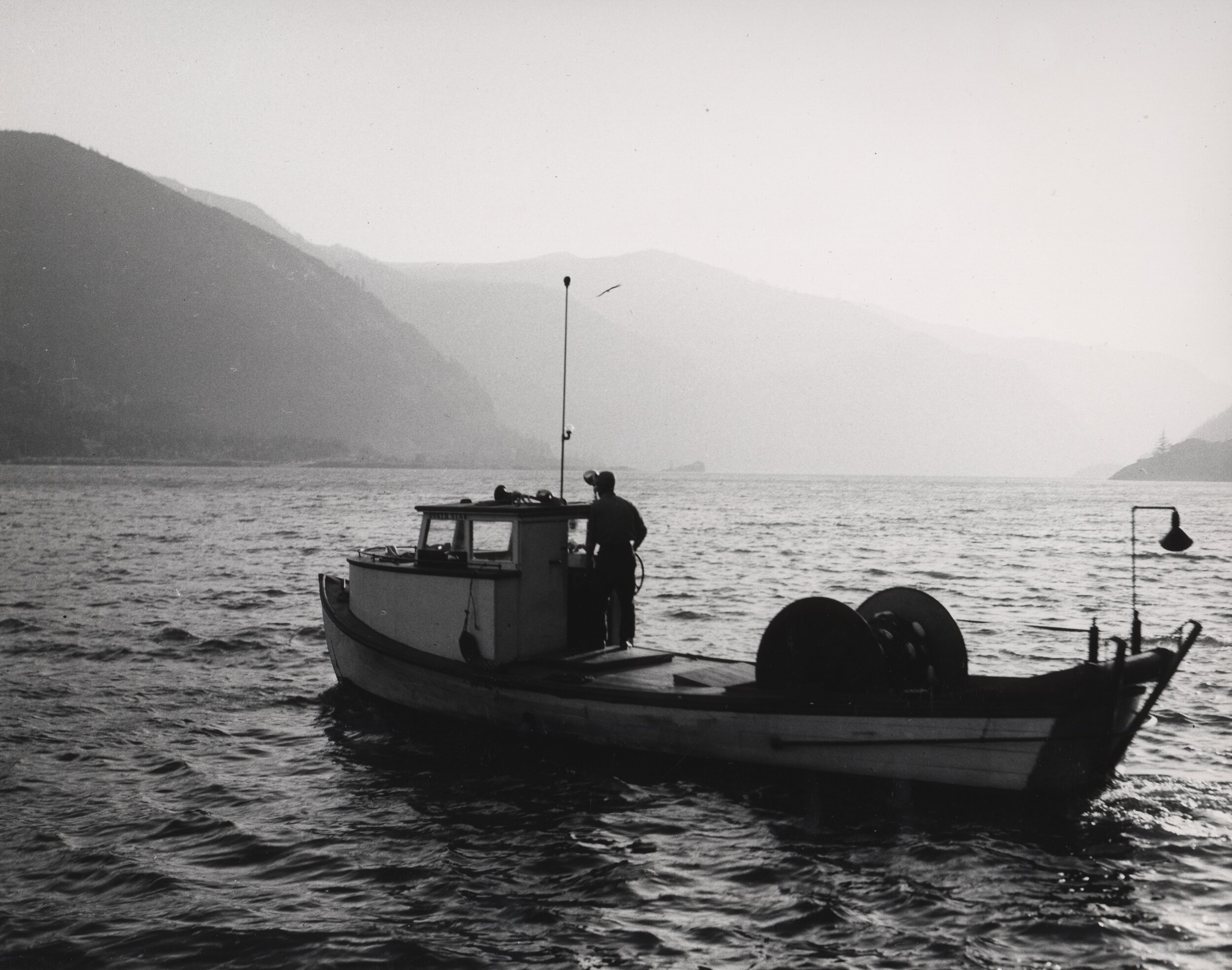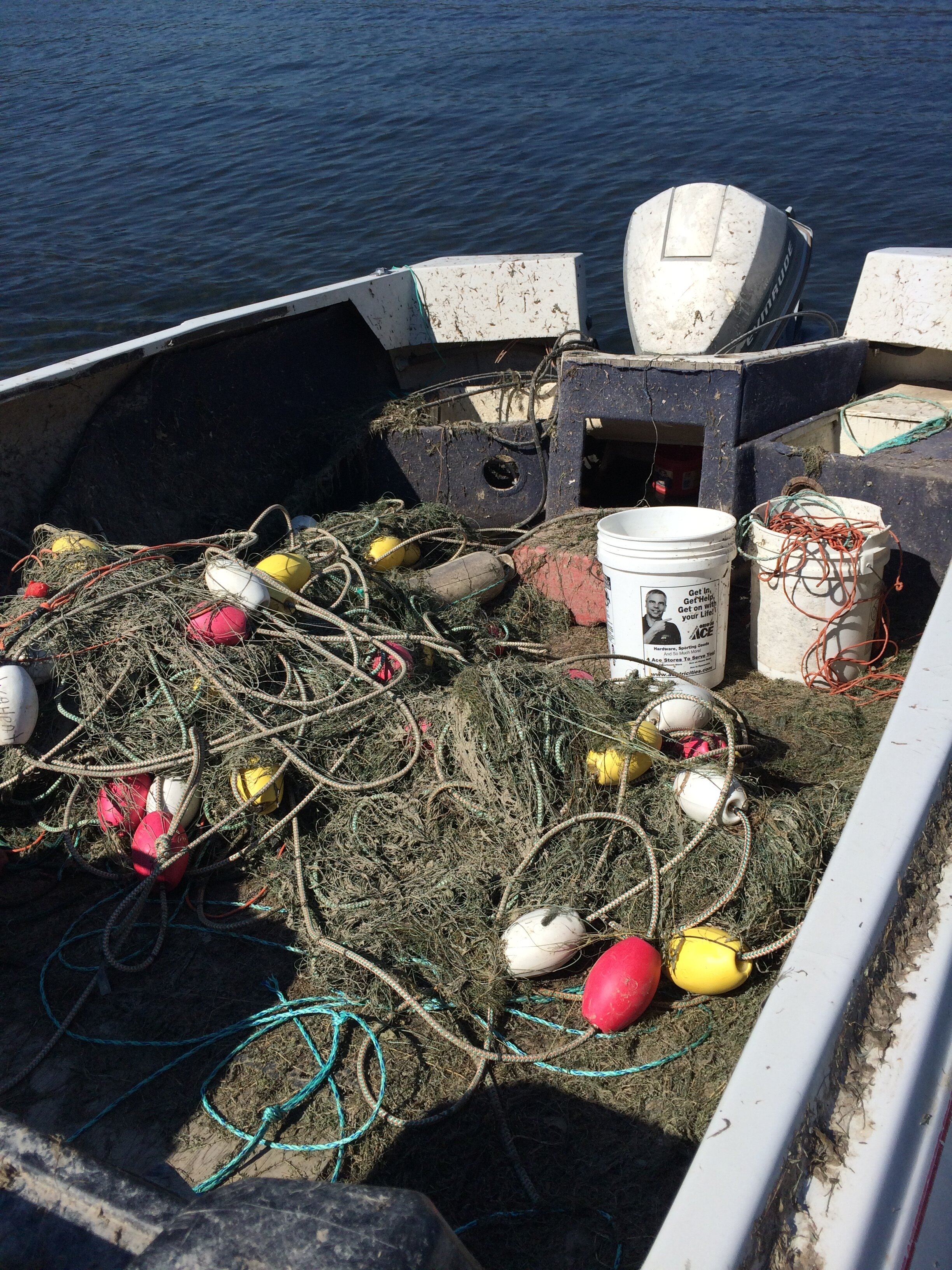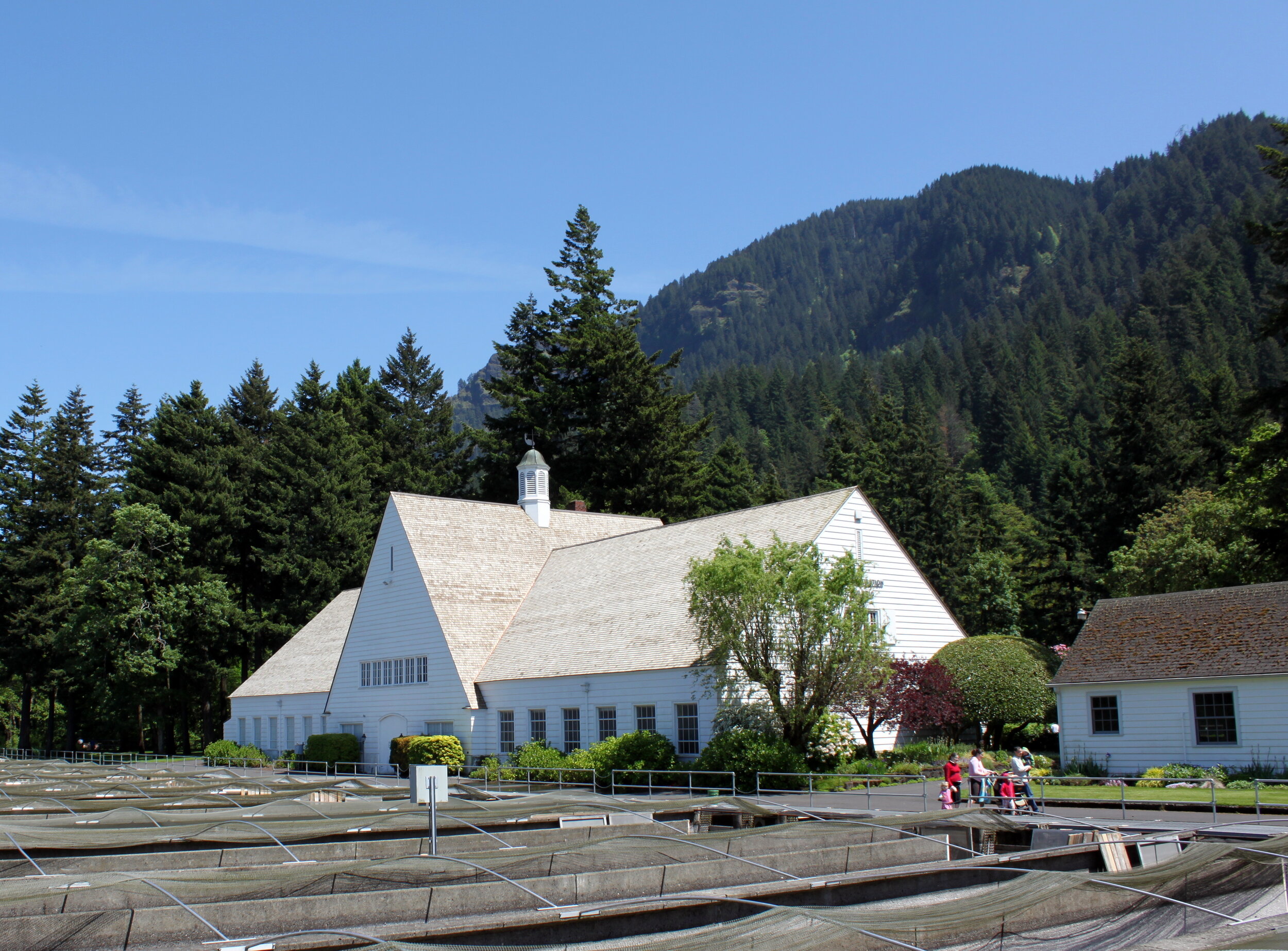Stop Fishing for Columbia River Basin Steelhead
The writing was on the wall by mid-May when it was clear that the 2021 early summer steelhead return had collapsed. These fish, entering the Columbia River in March and peaking in May - bound for lower and mid-Columbia steelhead rivers such as the Wind, White Salmon and Klickitat - returned over Bonneville at barely half of the expected run.
It should have been a sign.
As the upriver wild summer steelhead began passing Bonneville in early July, the news was worse – yet by late July, Oregon and Washington fishery managers authorized 8 days of lower Columbia River non-tribal gillnetting between the Lewis River and Bonneville Dam – commercial fishing for salmon - at night with no on-board observers – amidst a Mid-Columbia heat water that broke records for days on end – likely keeping upriver wild steelhead bottled up at cold-water refugia at the Cowlitz and Lewis where sport anglers could fish for chinook even if they were not able to fish for or keep even hatchery steelhead.
The steelhead return on July 27th was half of what was already a low prediction.
It should have been a sign.
On August 4th, a group of regional conservation organizations co-signed a letter to both the Oregon and Washington Fish and Wildlife Commissions expressing deep concern about the dangerously low number of wild steelhead currently returning to the Columbia and Snake River Basin, also providing public testimony to both State Commissions on Friday August 6 urging immediate action – however, neither Commission took any additional action to protect wild steelhead beyond the existing management status quo.
It should have been a sign.
In the week before both state Commissions met jointly to question their staff on what more could be done, TCA received word that anglers were targeting wild steelhead at Drano Lake - even though the area was closed to fishing for steelhead - and, after days of angling pressure, finally closed the most sensitive portion of Drano Lake to all angling.
It should have been a sign.
Past the halfway point for the majority of the 2021 wild steelhead run already across Bonneville Dam, Oregon and Washington did meet on August 27th to hear from managers about what more could be done to protect wild steelhead, where it still mattered – in the tributaries of the Columbia and Snake Rivers.
Oregon did issue a set of emergency rules that evening, but they were fairly uneven and hard to enforce new regulations that left TCA mystified. On the other hand, Washington would not act for another week - issuing a similarly uneven set of emergency regulations - after waiting until Idaho acted to slightly curb their sport steelhead seasons on September 1.
You can read TCA’s August 31 letter to the Idaho Fish and Game Commission urging that sport steelhead fisheries be closed to protect low returns of wild steelhead - including on the teetering-on-the-brink legendary and iconic B-run steelhead returning to the Clearwater and Salmon Rivers.
To try to attain the greatest protection we could for the fish we love, TCA sent a joint letter to the Oregon and Washington Fish and Wildlife Commissions and the Idaho Fish & Game Commission analyzing the new emergency rules and again requesting that Columbia and Snake River steelhead fisheries be closed.
Now mid-way through the magic of September, The 2021 Columbia River steelhead return is still on target to be the worst on record.
It should have been a sign.
The wild steelhead we cherish and work to protect every day deserve better. This crisis demands additional action, not more talk.
All tributary steelhead fisheries should be closed from October 1, 2021 through June 1, 2022 in all three states. If all these fisheries are not closed, there is no path forward to achieve significant steelhead conservation within Treaty Fisheries as no Tribal fishing conservation measures can be requested until the non-tribal fisheries are constrained. That may not occur, but they will never be considered unless the tributary sport fisheries are constrained first.
Without further action, from managers and anglers, there will be new signs soon.

